Lured by the Catskills Fly Fishing Museum
by Chris Clemens
There is a distinct change in scenery while driving Route 17 and passing from the Southern Tier into the Catskills. Waterways seem to lazily meander along each side of the highway. Mountains cast shadows even with the sun at its highest point, and valleys seem to stretch on forever. Nearer to Middletown, you’ll recognize cars speeding in both directions, but closer to Hancock and Roscoe, life seems slower, and more peaceful. The type of place that would be perfect to go fishing. But, that’s only part of the reason that this section of New York is home to the best fly fishing opportunities in the northeast.
Just minutes off Route 17 in Livingston Manor is the Catskills Fly Fishing Museum and Center. Though I’ve never cast a fly in my entire life, I’ve found this museum calling to me for years. I finally stopped in this summer and found myself enamored with learning more about the region’s claim to fly fishing fame.
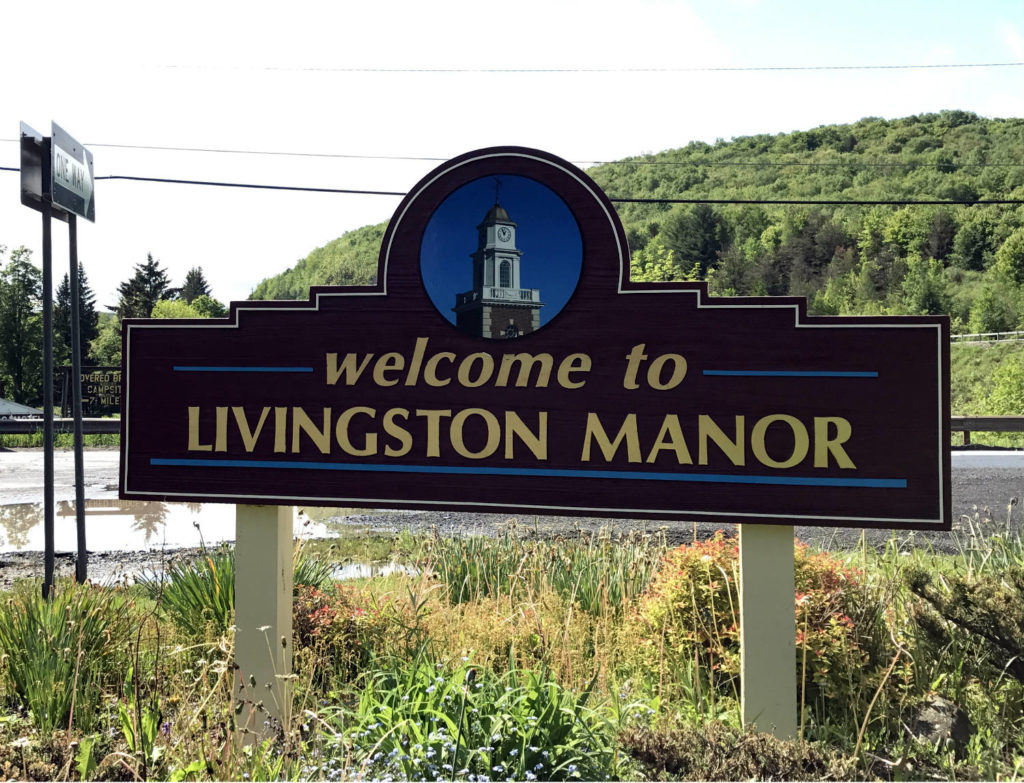
What Is Fly Fishing?
There are essentially two main types of fishing. Fly fishing is different from bait fishing in that a fly fisherman’s line carries enough weight to cast a lure through the air, but with bait fishing, the lure is weighted. Watching a fly fisherman in action is a bit poetic for this reason. The casting of the lure is sort of this arcing dance that the line draws through the air before landing near its target, as opposed to simply dropping a line off a dock straight in to the water.
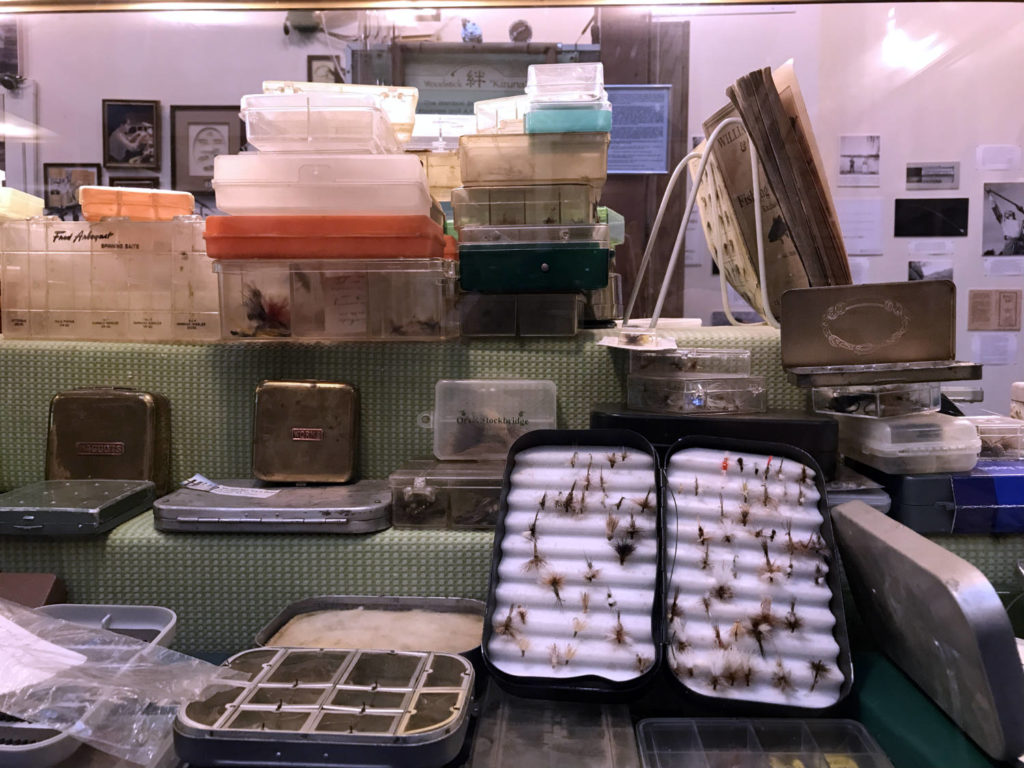
Lures are specially crafted “flies” intended to look like either insects or smaller fish, but also sometimes not like anything occurring in nature at all. Serious fly fisherman will make their own lures by hand and really serious fly fisherman have pretty impressive collections.
Fly Fishing History
Documented fly fishing can be dated all the way back to the 2nd century, but the oldest history is a bit spotty. There are references from the 1400’s and 1600’s in a few books published in England but things began to really change during the 18th century as new methods developed.
According to Charles Waterman and his book Black Bass and the Fly Rod (1993), fly fishing in the United States wasn’t widely accepted until a few pioneers began to document their experiences in the late 1800’s. Those pioneers were fly fishing and developing their methods right in the Catskill Mountains.
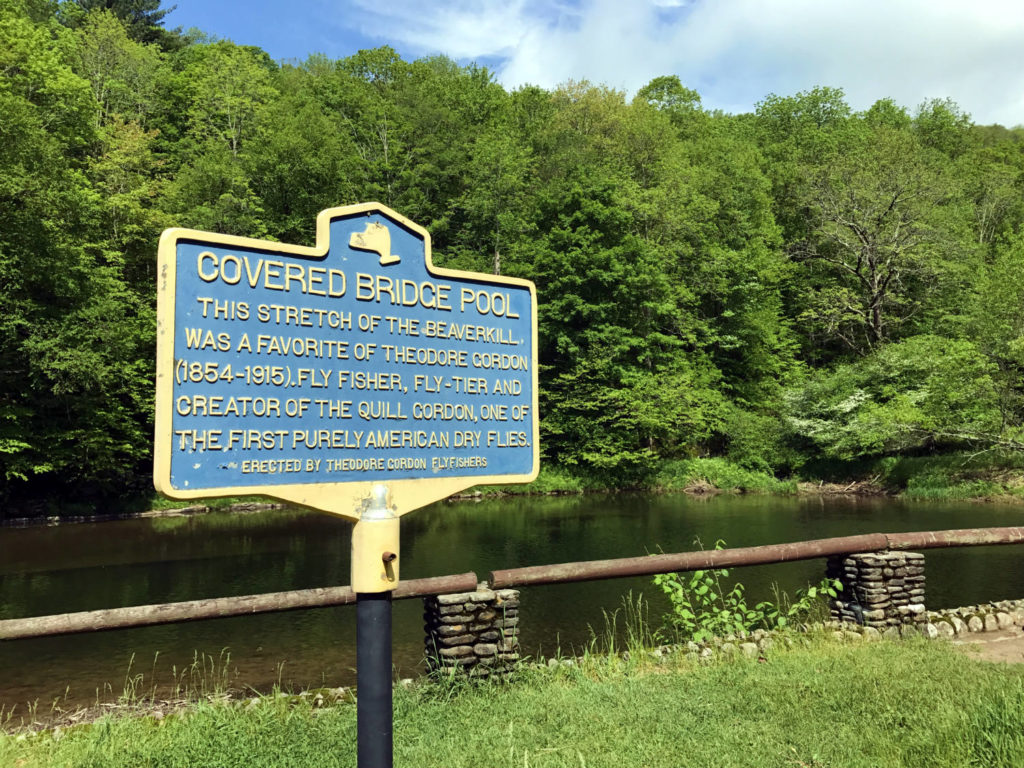
People like Theodore Gordon were wading the waters of the Beaverkill River and Willowemoc Creek, and were altering the flies they were importing from England to look more like insects found here in New York. Gordon’s work was so extraordinary, he is often referred to as the “Father of American School of Dry Fly Fishing”. He and his fly fishing cronies spent so much time in these waters developing new methods that it earned Roscoe, New York the nickname of “Trout Town USA”. As you can imagine, much of the town’s tourism and traffic centers around the sport.
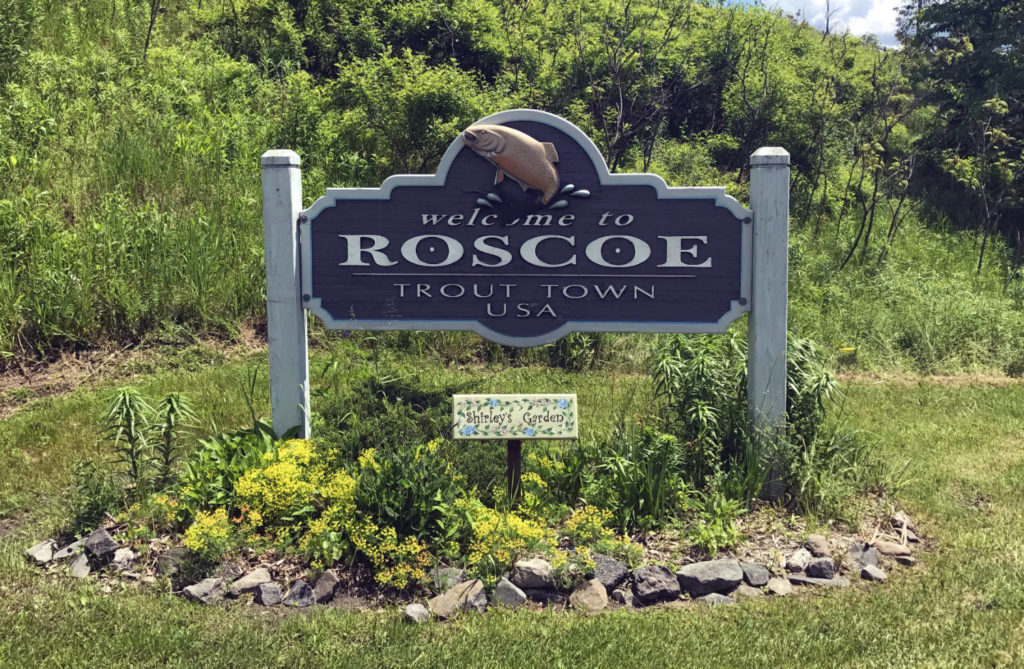
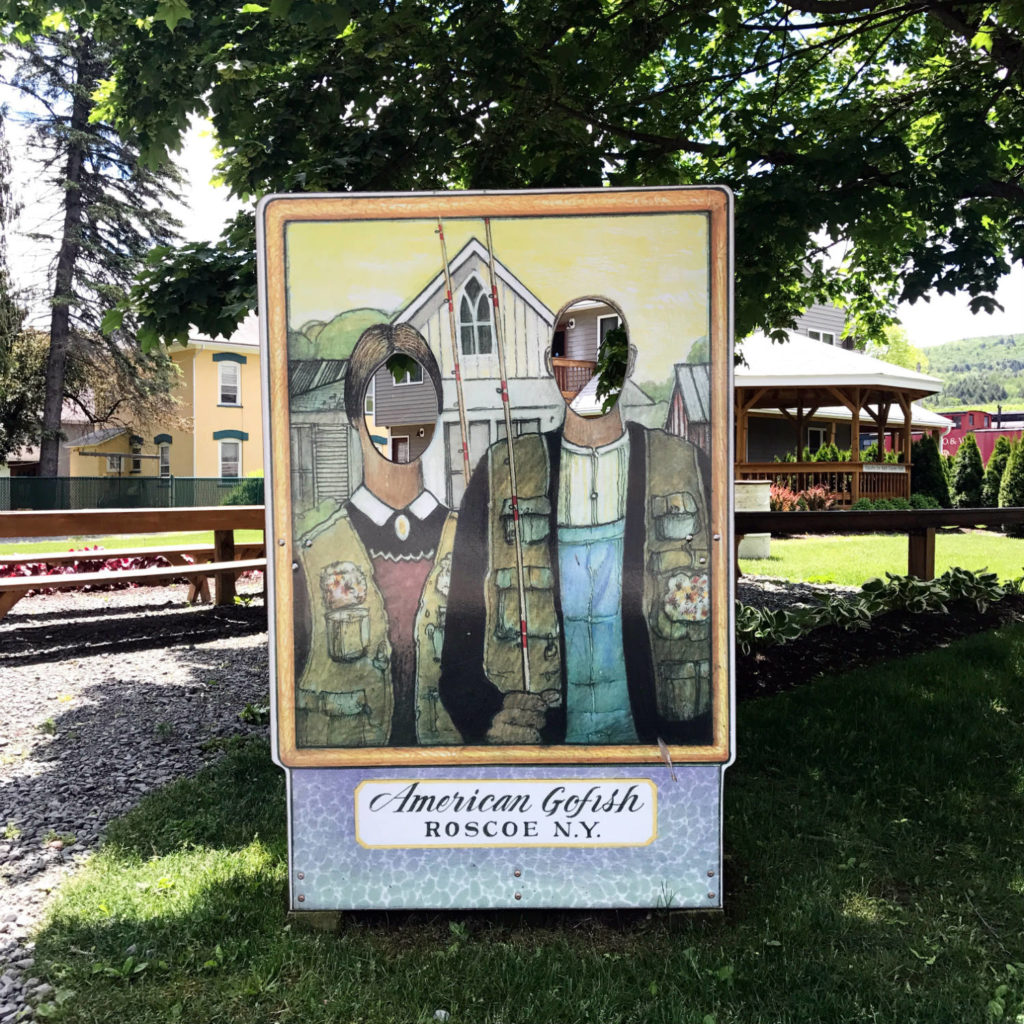
Catskills Fly Fishing Museum and Center
The museum in Livingston Manor began as an idea with some locals in the 1970’s. Its humble beginnings as a storefront display quickly stirred interest as the word got around. Though the current location of the museum on the Willowemoc Creek was first found in 1982, much of what is seen today was still a far off dream. A fund raising campaign was set in motion that even Jimmy Carter showed up to help with in 1984.
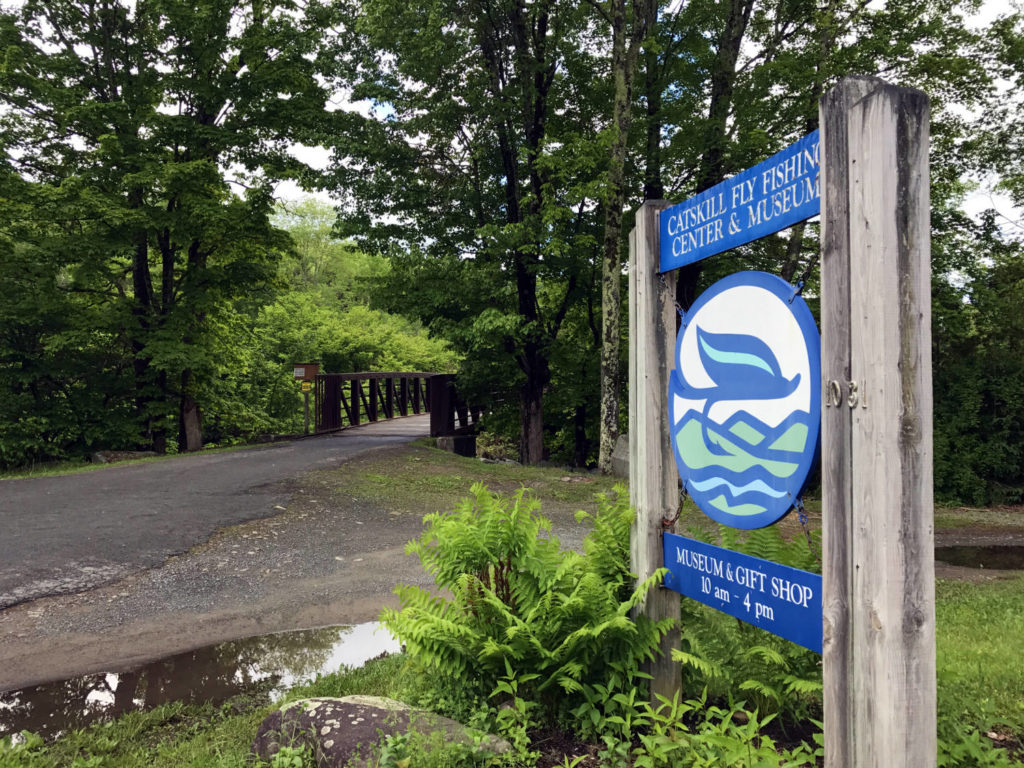
Today, the museum features three buildings: a gift shop, the main exhibit building with a fly fishing Hall of Fame, and a third building that opened in 2010 that houses even more exhibits and an event space.
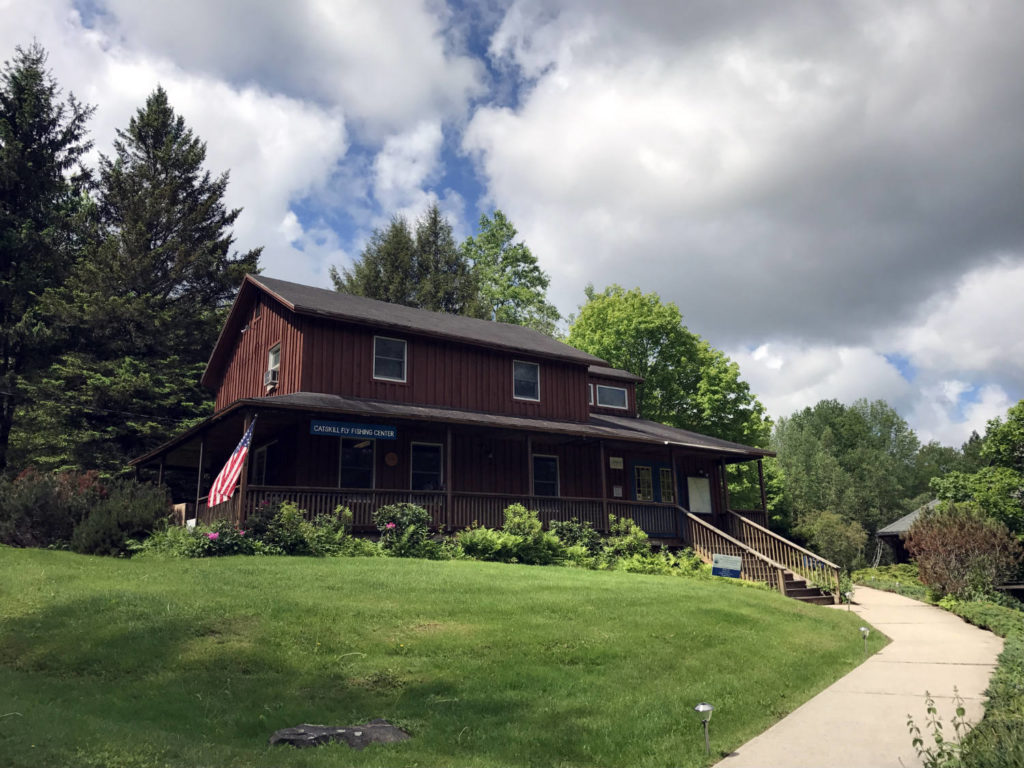
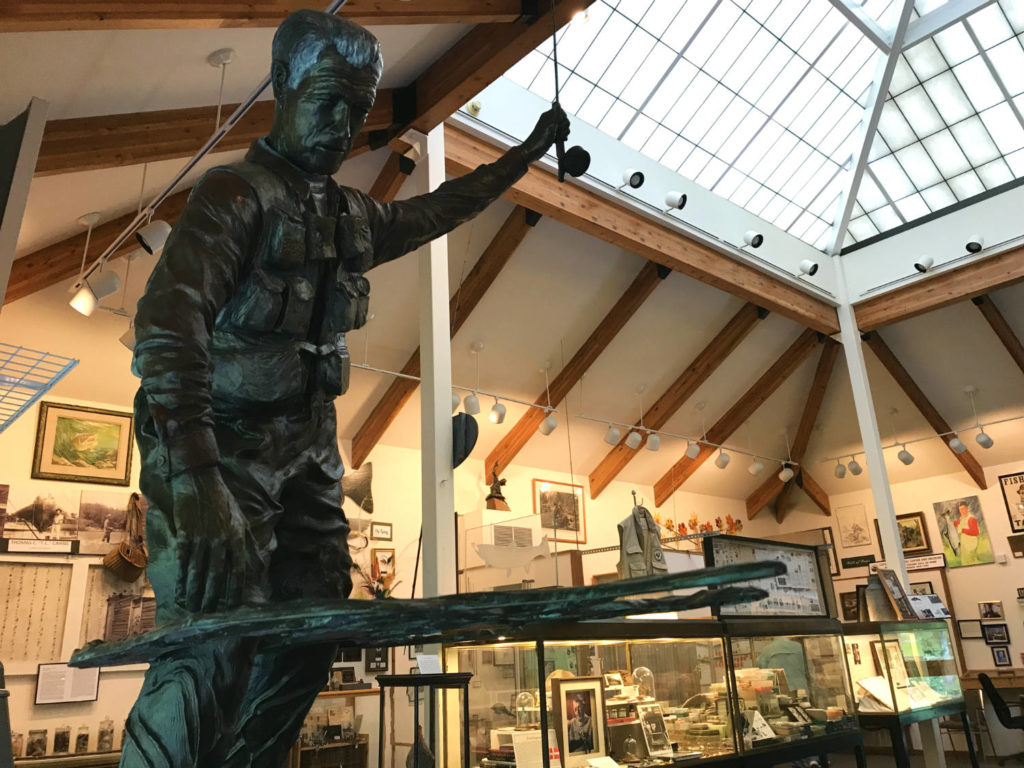
Admittedly, as a non-fisherman, the subtle differences between certain lures and weights of lines and fly rods is lost on me. But even still, each exhibit is clearly marked and explained so it was easy to understand the importance of what I was seeing. Walking through and looking at fuzzy lures, tackle vests, and photos of anglers holding up their prized catch gave me a sense for just how serious the folks of Sullivan County take their fishing. As I stood reading through names in the Hall of Fame, I was trying to imagine how proud each inductee must’ve been to be included with icons of the sport that they no doubt had looked up to. I wondered, how many non-fly fisherman had once read that wall and had been inspired to give the sport a try.
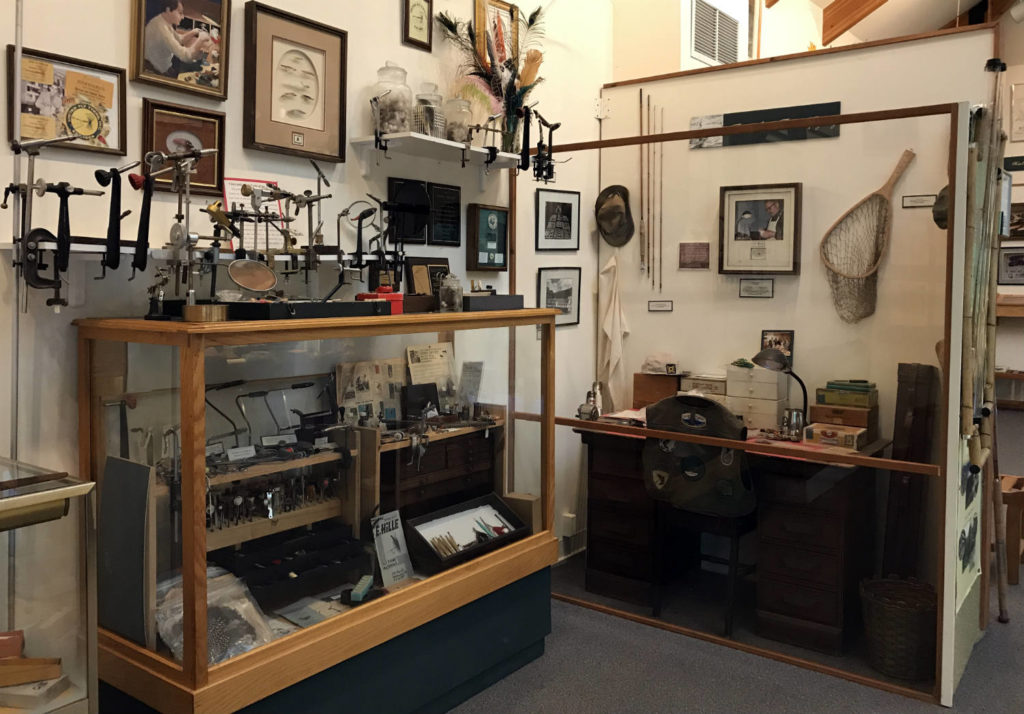
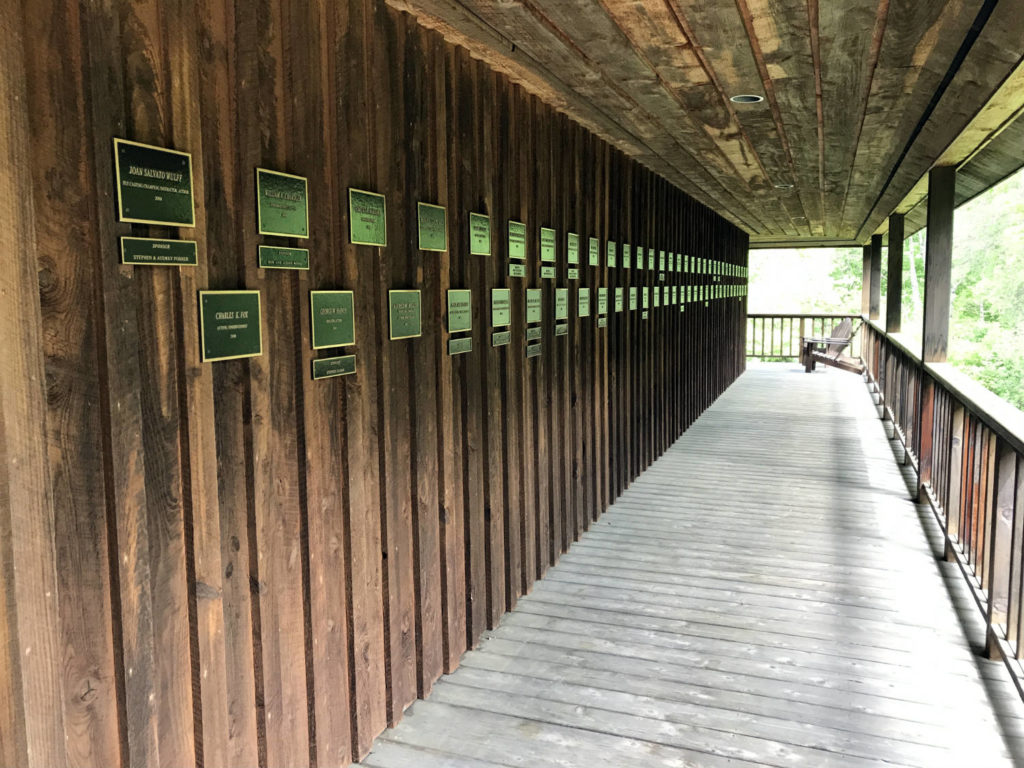
It’s easy to imagine the Catskills Fly Fishing Museum as a stop-off during a guy’s weekend of camping and fishing, but the accessibility from Route 17 and the unique topic I think could easily appeal to anyone interested in learning regional history.
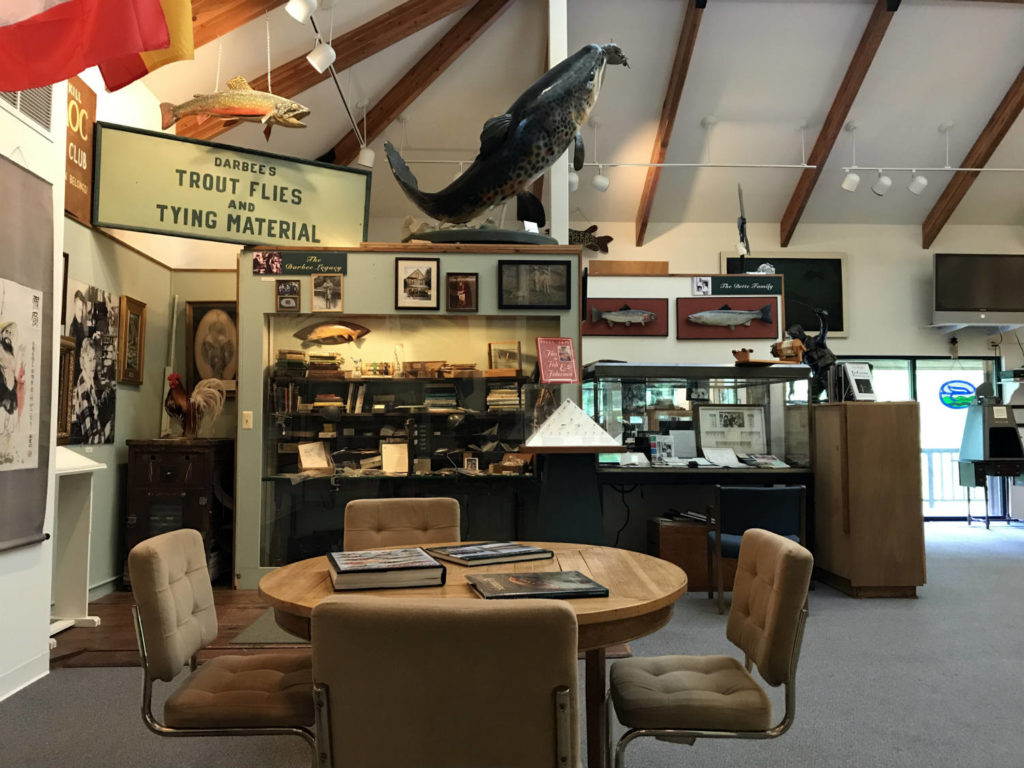
For more information and how to visit the Catskills Fly Fishing Museum and Center in Livingston Manor, checkout their website and follow along on Facebook.

Chris Clemens is the Founder/Publisher of Exploring Upstate. From his hometown in Rochester, he spends as much time as possible connecting with the history, culture, and places that make Upstate New York a land of discovery. Follow him on Twitter at @cpclemens

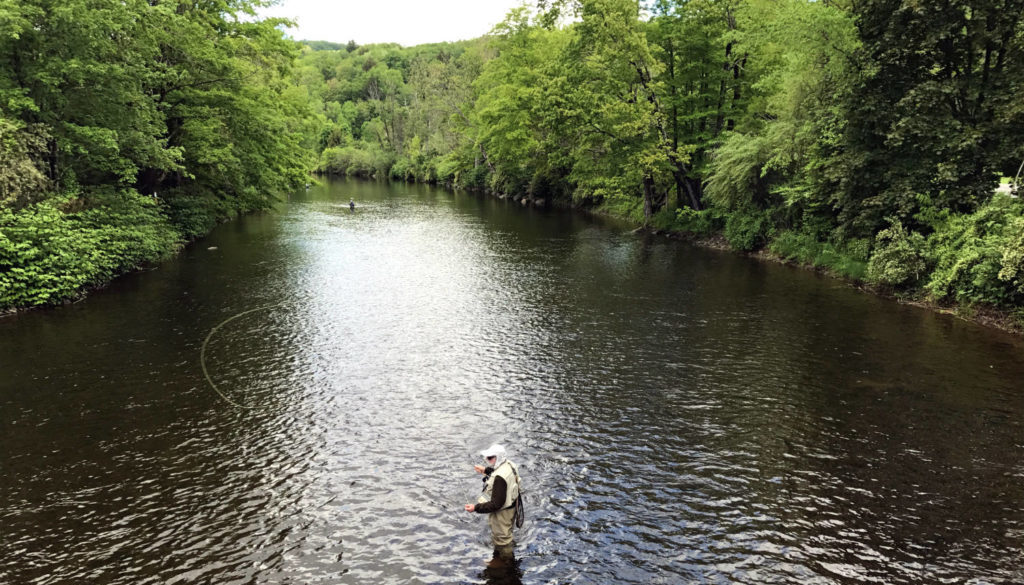


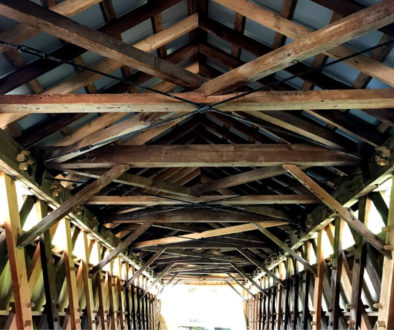

Hitting Up the International Boxing Hall of Fame in Canastota |
February 27, 2018 @ 7:56 am
[…] waterways where American dry fly-fishing was invented, and therefore is where you’ll find the Fly Fishing Hall of Fame. But, boxing doesn’t really have a recognized “birthplace”. The folks of […]